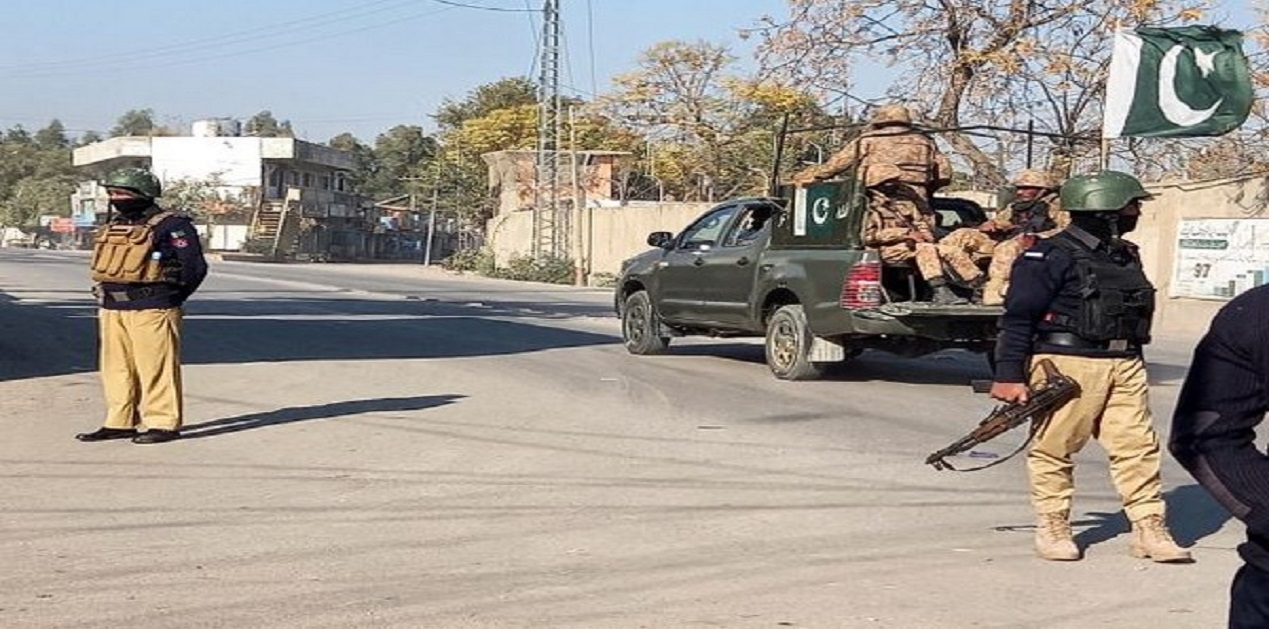In the past few months while there has been simmering tensions on the Durand Line, the Tehreek-i-Taliban (TTP) threat has grown exponentially. On November 28, 2022, the TTP ended the indefinite ceasefire with the Pakistan government, which was called in June 2022. In its statement, the TTP accused the Pakistan state of not adhering to the ceasefire. It pointed out various security operations by the Pakistani security forces, particularly a recent operation in Lakki Marwat area of the Khyber Pukhtunkhwa (KPK) province, as the main reason for ending the ceasefire[1]. A TTP statement urged its fighters to resume attacks in retaliation for the continuous military campaign against them. Since then, there has been a spate of attacks by the TTP that has combined suicide bombings and hostage taking, without giving up classic guerrilla warfare tactics.
The Tehreek-i-Taliban (TTP), also known as the Pakistani Taliban, an umbrella organisation represents different militant groups in FATA. It is the largest and the most active armed opposition group in Pakistan. TTP was established in 2007, under the leadership of Baitullah Mehsud, It was formed in response to Pakistan’s military operation against the Lal Masjid mosque in Islamabad. Some of the TTP’s main objectives included implementing Sharia law, fighting US and NATO forces in Afghanistan, and engaging in jihad against the Pakistani Army.”[2] The TTP due to several reasons like defections of its fighters to the Islamic State Khorasan Province (ISKP) and heavy losses inflicted by Pakistan’s Operation Zarb-e-Azb in the erstwhile FATA went into decline in 2014. In 2020, however, there was resurgence of the group. The group’s current leader Noor Wali Mehsud has worked considerably to rebuild the group by improving its internal discipline and cohesion.
Since the Taliban coming to power on August 15, 2021 in Afghanistan there has been a stunning rise of the TTP. According to one Pakistani think tank, the country has seen a 50% spike in terrorist attacks since the Taliban returned to power in Afghanistan. The attacks were at its peak in 2022. These were largely TTP-led, with 106% rise in the erstwhile FATA and KPK, where the TTP has announced a parallel government. As per the TTP claims these attacks were spread across 18 districts of the country and were retaliatory or defensive in nature.
Just days after calling off a shaky ceasefire agreed with the government in June, the TTP on November 30, 2022 carried out a suicide bombing in Quetta, killing four people and wounding nearly 30 others, mostly policemen. In a statement, the TTP said the attack in Balochistan targeted police to avenge the killing of their former spokesperson, Abdul Wali. Further on December 12, 2022, the TTP attacked a military check post in Dosli, Waziristan, in which three TTP fighters were killed. In another incident, a TTP sniper attacked a FC post in South Waziristan[3]. However, one of the most audacious attacks by the TTP took place on December 21, 2022 when the militants detained in a counter-terrorism department (CTD) facility of the KPK police in Bannu, took over the compound. It is pertinent to note that the attacks by the TTP have also reached Islamabad as on December 23, 2022; one police officer and two suspected militants, including a woman of the TTP, were killed in a suicide attack.
After the Afghan Taliban takeover, Afghanistan has become a safe haven for the TTP militants. The Pakistan-Afghan border area is dominated by the TTP and its militants are active in South Waziristan, North Waziristan, Bannu, Lakki Marwat, Tank and Dera Ismail Khan. Contrary to Pakistan’s expectations of gaining strategic depth in Afghanistan after the Taliban takeover, the rise of the TTP has put a strain in the relations. The intensity of the TTP–Afghan Taliban relationship was evident when, after the latter’s August 2021 victory, they immediately released senior TTP leaders and a large number of fighters imprisoned by the former Afghan government[4]. This undoubtedly emboldened Islamic militants like the TTP. Together with the reunification of splinter TTP groups and release of prisoners like Deputy Amir, Faqir Mohammad by the Afghan Taliban, TTP’s capability and military strength has increased.
Pakistan is in a fix on its Afghan strategy. The triumphalism of gaining a strategic victory in Afghanistan after the Taliban takeover was short lived as Pakistan faces a perilous security situation with the rise of TTP. The Pakistan government can ill-afford further instability as the economy is in doldrums. It is important to note that the terror surge has impacted the investor sentiment in Pakistan. The country is close to defaulting on its loans. There have been concerns that that Islamabad may default on its debt repayment of over $30 billion this fiscal year[5]. The developments coincide with appointment of new army chief General Asim Munir and the political uncertainty that looms in Pakistan. However, Pakistan stares at the crisis of its own making. Can Pakistan fight against terrorism with the same old policy of holding fast to extremist religious networks and protecting bad Taliban under the guise of good Taliban?

